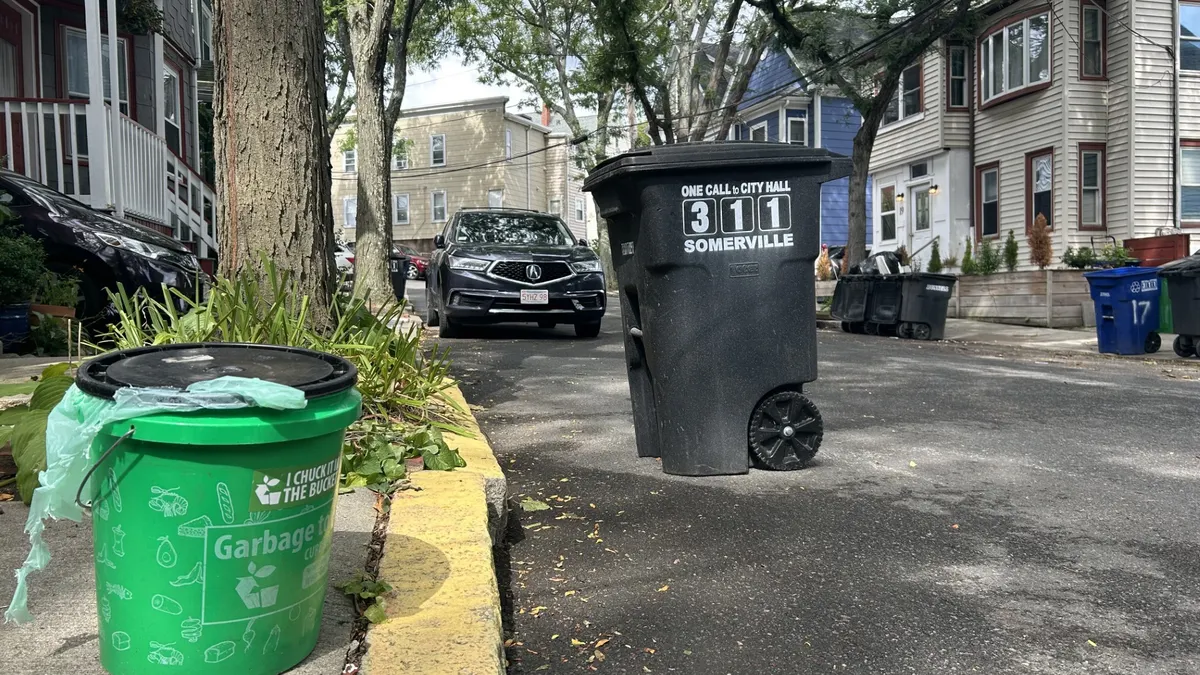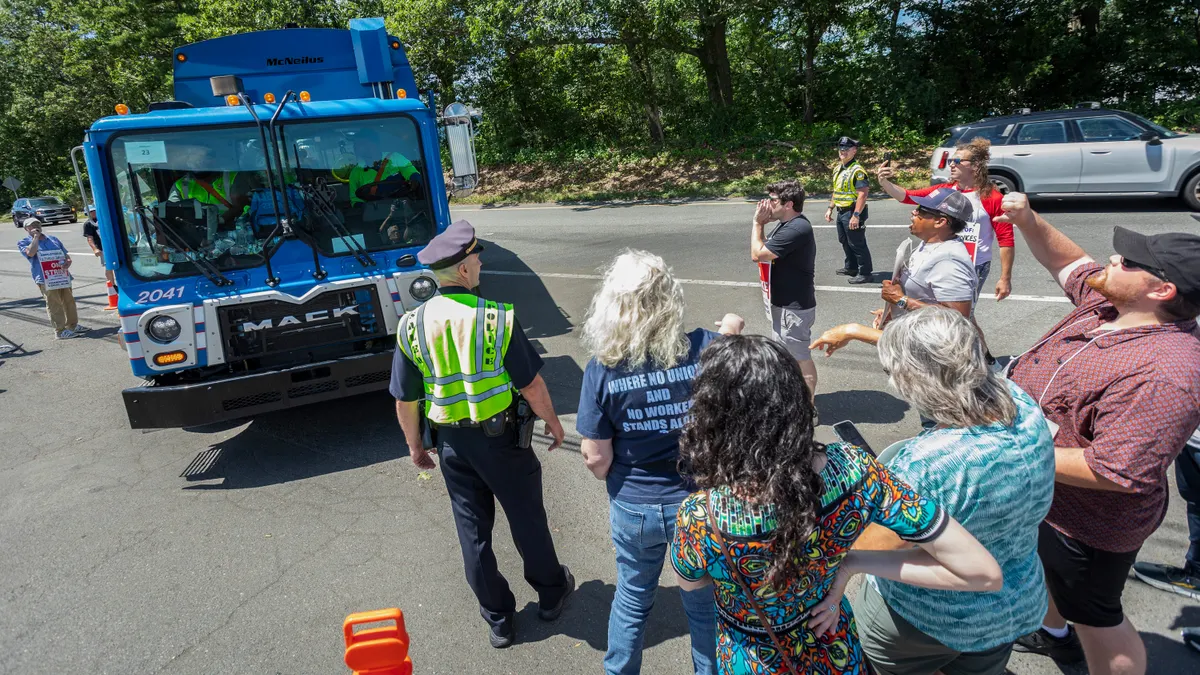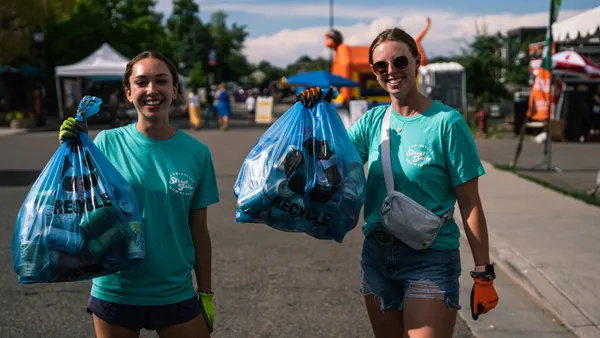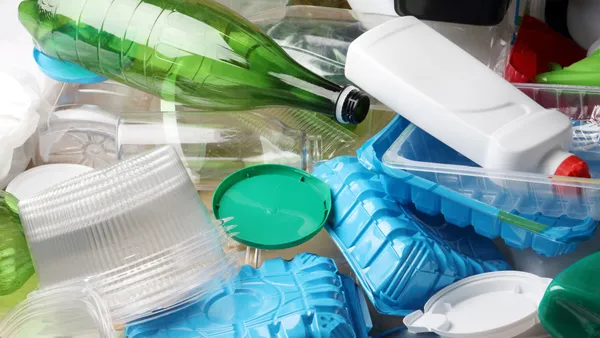Founded in 1994, Call2Recycle, Inc.— operating North America’s first and largest consumer battery stewardship program—is a non-profit organization that collects and recycles batteries at no cost for municipalities, businesses and consumers. Since 1996, Call2Recycle has diverted 100 million pounds of batteries and cellphones from the solid waste stream and established more than 34,000 collection sites throughout the U.S. and Canada. It is the first program of its kind to receive the Responsible Recycling Practices Standard (R2) certification.
One could accurately characterize the 21st century as the “The Era of E-Waste Recycling” in America.
An ever increasing number of computers, copiers, cellphones, televisions, stereos, and battery-powered mobile devices reach the end of their useful life every day, creating a glut of equipment and batteries that must be responsibly managed for disposal, recycling, or reuse. Many of these products contain materials – namely non-biodegradable heavy metals – that are potentially harmful to the environment, which has caused many states and municipalities to take a keen interest in their end-of-life management. Also, why should the items end up in a landfill when they can be properly recycled and turned into new products?
In 2003, California became the first state to establish an e-waste recycling program, and many states have since followed suit. In fact, 25 U.S. states currently maintain e-waste recycling programs in one form or another[i]. In some cases, these programs are even required by law.
On January 1, 2015, the state of New York introduced a new law banning consumers from disposing of certain types of electronic equipment in landfills, waste-to-energy facilities, in the trash, or at curbside for trash pickup. In a separate but related effort, Vermont recently passed – and is preparing to implement – the nation’s first law requiring single-use battery manufacturers to develop a program for collecting and recycling used primary batteries (including AA, C, D, and other household alkaline batteries), removing them from local landfills.
While these efforts to promote sustainability and environmental responsibility should be applauded, they create a unique set of challenges for state and municipal governments, manufacturers, and waste/recycling collectors when it comes time to fund such programs. These challenges include creating effective and sustainable funding models for providing services such as collection, materials processing, and recycling on a limited budget.
The good news is that financial challenges associated with expanding recycling programs of any kind can be met and overcome through the creation of cost offsets and shared responsibility.
Many municipalities are able to offset some of their recycling costs through a variety of initiatives. For example, King County, Washington funds their recycling facilities through a surcharge on solid waste disposal and wastewater discharge. Costs associated with processing some items can also be reduced by partnering with manufacturer-sponsored recycling programs that collect, process, and recycle at no- or low-cost to municipalities, businesses, and consumers.
Corrections facility labor and mandated community service are other methods used by some municipalities to carry out sorting and packaging of recyclables. This preserves recycling program budgets that might otherwise be slashed to pay for other local priorities.
Cost offsetting measures are being further enhanced as extended producer responsibility (EPR) legislation (a policy approach in which a producer's responsibility for a product is extended to the post-consumer stage of a product's lifecycle) gains momentum.
Several factors—budget-strapped local governments and waste/recycling collectors, increased awareness among companies of limited resources, and pressures from environmentally conscious consumers—are converging to make EPR more attractive and more commonplace in the U.S. As governments increasingly take recycling under their purview, EPR laws requiring manufacturers to finance the costs of recycling or safely disposing of their products are frequently being introduced.
It is critical – either through law or organizational directives – that manufacturers play a leading role in recycling, as local governments and private collectors simply cannot sustainably finance these efforts on their own. The decades-long recycling program facilitated by North America’s leading battery manufacturers, and operated by Call2Recycle, serves as a successful case study. More than 100 million pounds of batteries and cellphones have been diverted from landfills since 1996.
Only a public-private partnership with shared responsibilities and realistic expectations, including a long-term commitment to change, will yield the best results. In the question of who bears the burden of ensuring proper disposal, the onus is shared—government, municipalities, manufacturers, retailers, and consumers all have a significant role to play.









